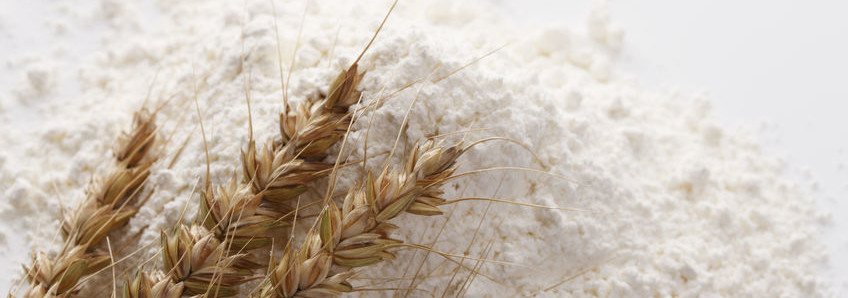
If you care about the quality of your batter or dough, then it makes sense you would want to care about the quality of your wheat flour. But what exactly makes a flour quality? Well, it all comes down to what you’re baking, and what the desired result is.
But first things first, you have to know what you’re looking for in flour. Parameters to look at include:
- Physiochemical characteristics: protein content, wet gluten content, and ash content as an indicator of extraction rate, moisture level, enzymatic activity, particle size distribution.
- Empirical rheological properties: mixing stability, resistance to deformation forces, elasticity, extensibility, optimum water absorption.
- Microbiological indicators
- Presence/absence of chemical hazards, such as heavy metals or mycotoxins
How do these things affect the end product?
Wheat flour is unique in its ability to form a viscoelastic and cohesive mass when mixed with water, and hold the gas produced by yeast during dough proofing and baking. This all hangs on the protein content and, even more importantly, to the specific protein composition.
Flour quality factors
- Protein content (quantitative factor): Protein quantity in the wheat kernel is mainly dependent on cultivar, soil type, soil nutrients supplementation, and crop growth conditions (e.g. climate conditions).
- Composition of gluten-forming proteins (glutenins-to-gliadins ratio): Upon hydration, gliadins behave as a very extensible material, almost a viscous liquid, while glutenins as a cohesive solid. Although both influence gluten behavior, it is the larger polymeric glutenins that wield the greater influence on gluten quality.
- Molecular size distribution of glutenins: High-molecular-weight (HMW) glutenin subunits have a major role in dough rheology and gluten strength.
- Amount and location of cysteine residues of gluten-forming proteins that contain thiol groups (i.e. oxidation potential).

